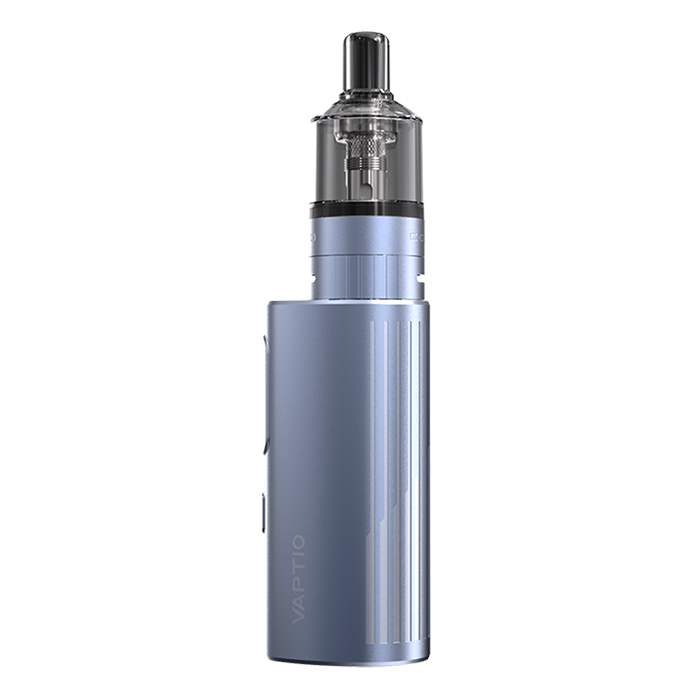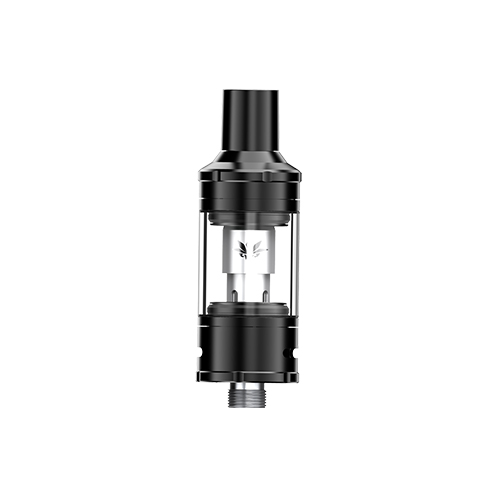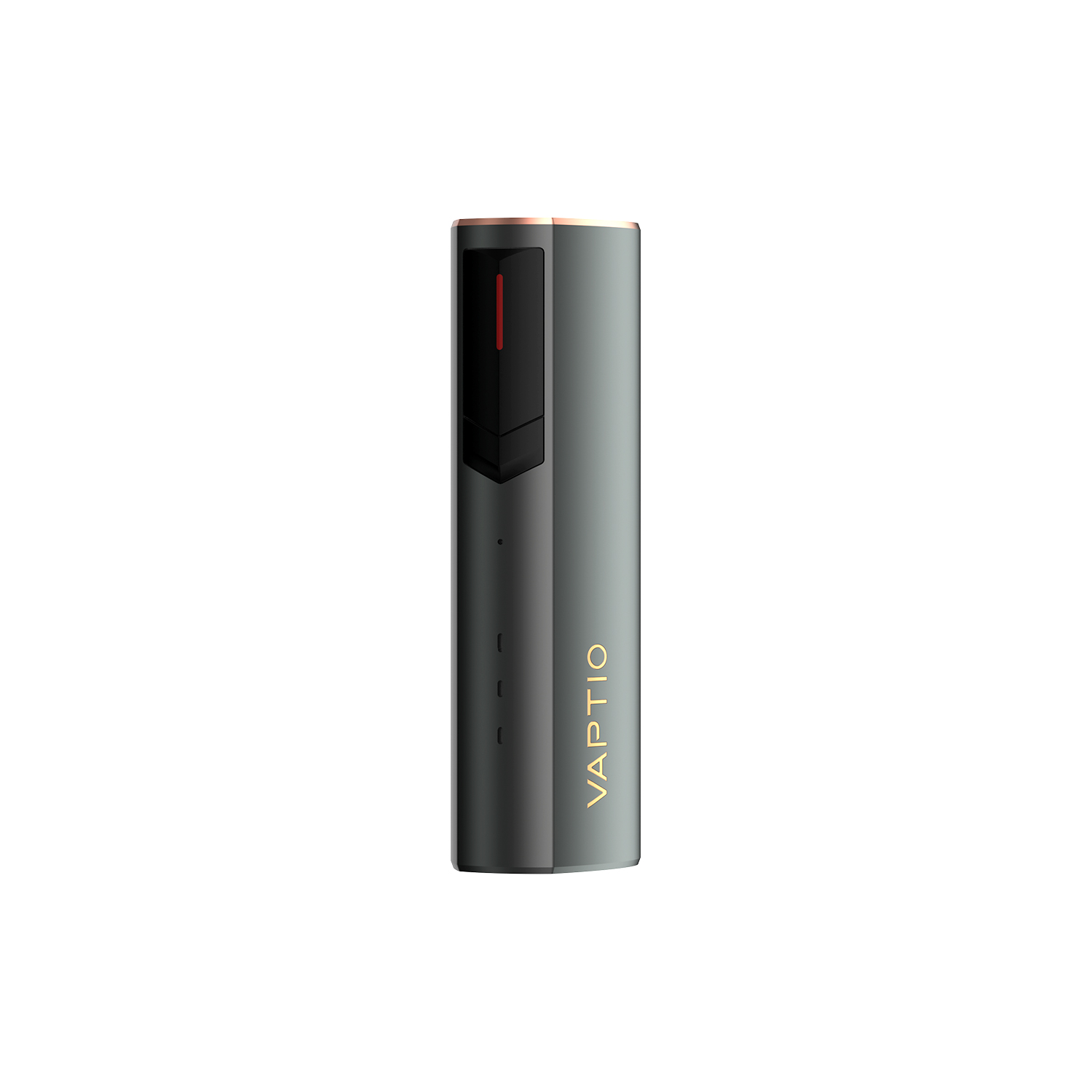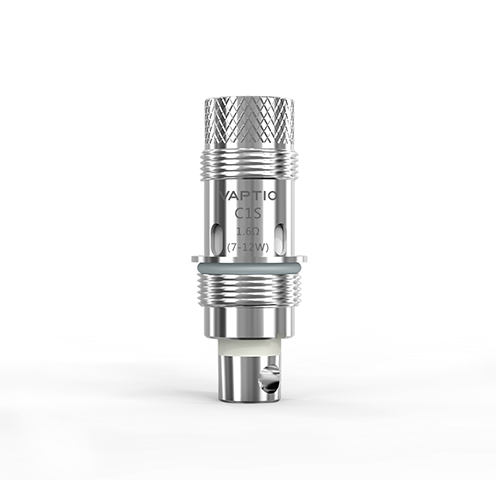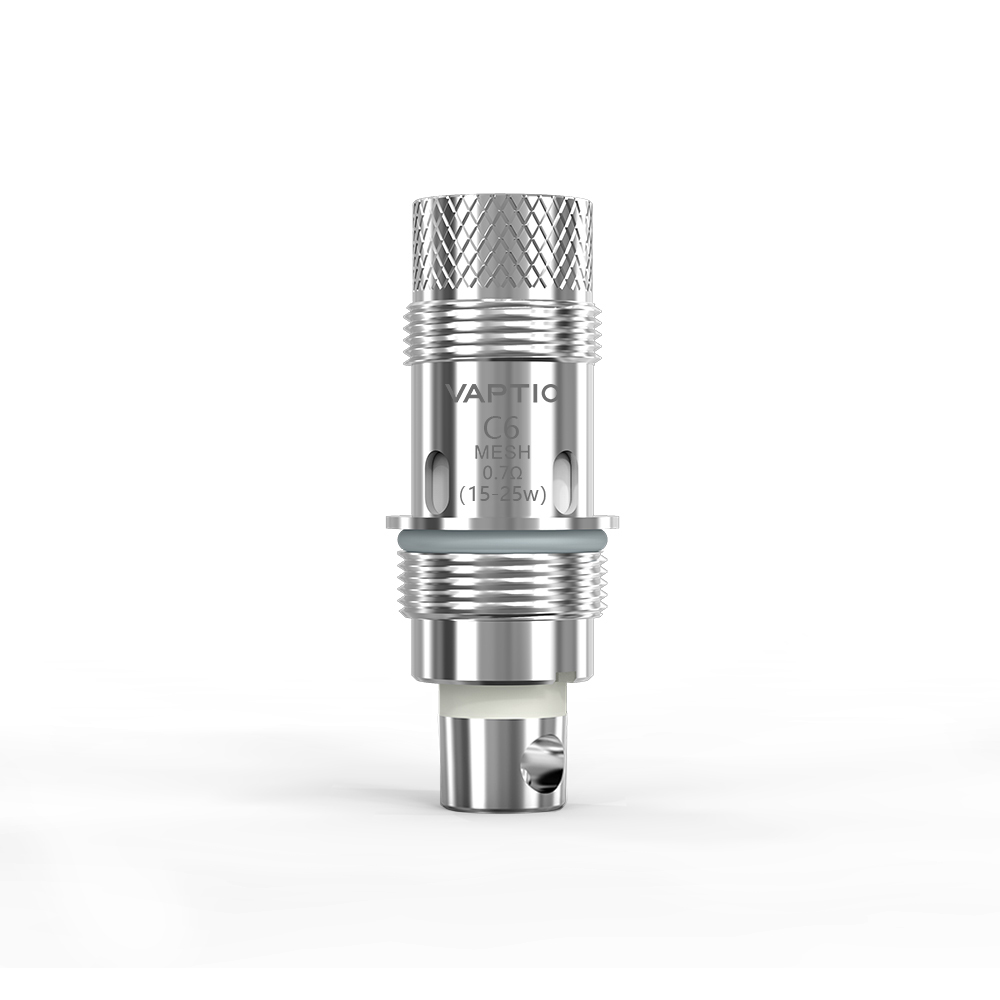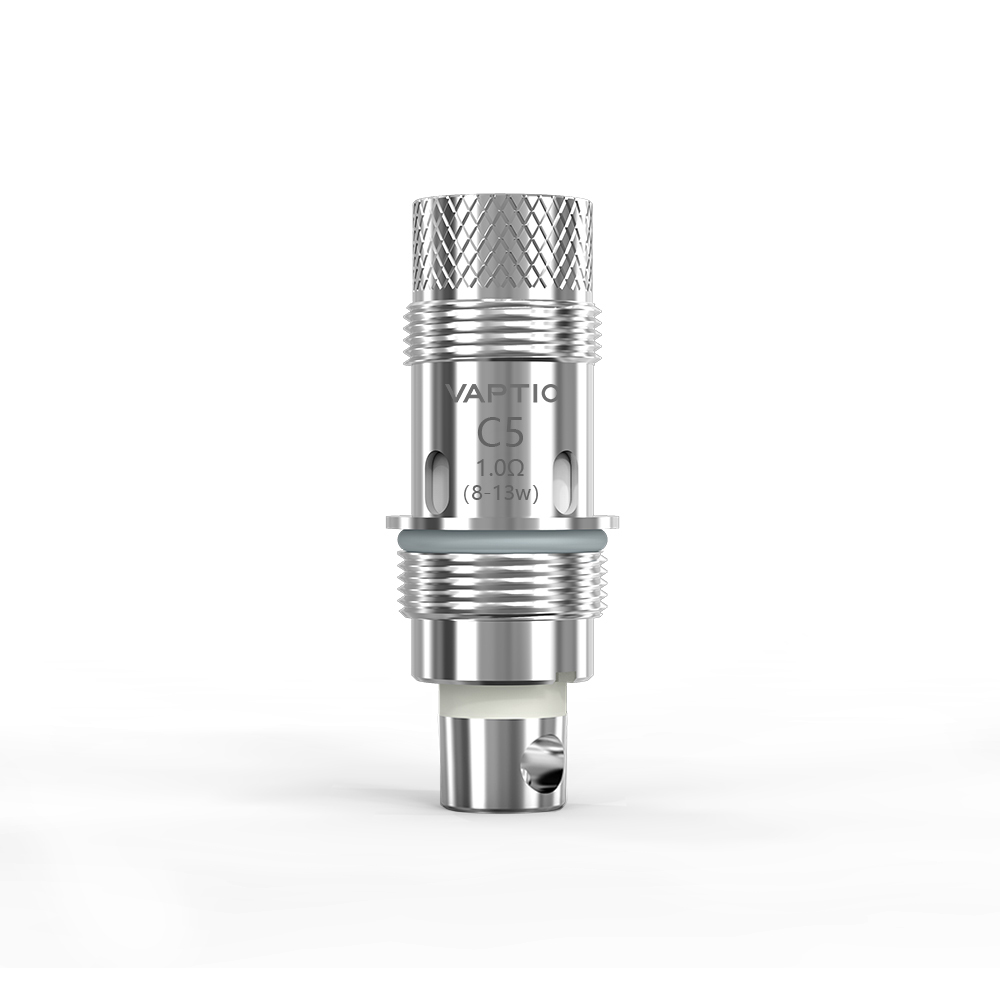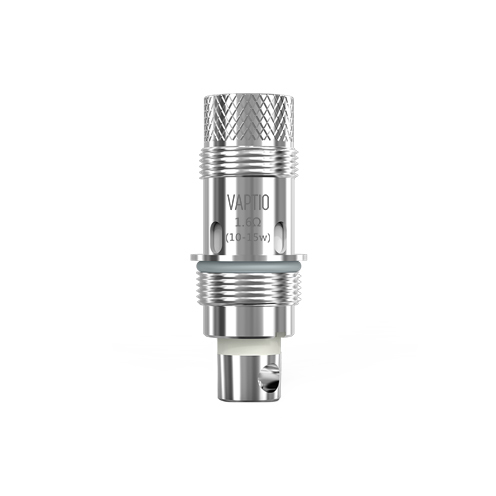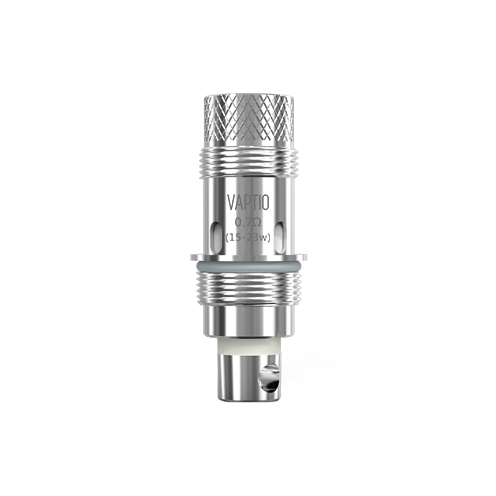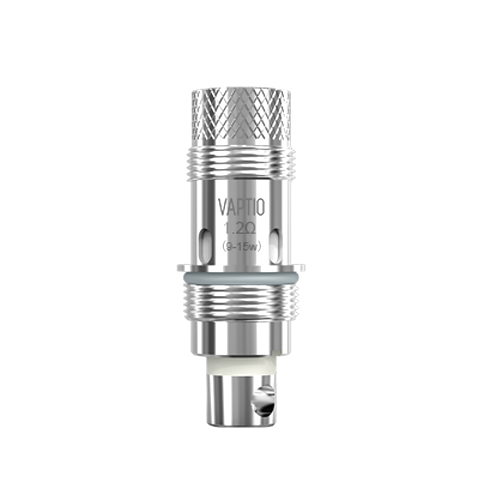Georgia Wood, Marika Waselewski, Arrice Bryant, Kendrin Sonneville, and Tammy Chang are convinced America is facing a crisis. “The use of e-cigarettes among youths has reached epidemic proportions in the United States. Juul is the most popular brand of e-cigarettes among youth, and it has been criticized for marketing that targets youth,” they say.
It must be true; they cite a single source for each of those claims.
They say there are, “concerns of serious short-term and long-term health outcomes from e-cigarette use.” It must help if you can ignore the zero-rate for hospital admissions or diagnosis of any illness attributable to vaping since 2008. Additionally, the team fails to explain what any of these serious short-term health outcomes are let alone ponder on what the possible long-term ones might be.
They mention that municipalities have taken to banning products, flavours, or implementing restrictions. But, when writing “For policies to be effective in curtailing the use of Juul among youth, there must be a greater understanding of youths’ knowledge, beliefs, and motivations regarding this product”, they essentially admit the actions haven’t worked.
In keeping with the rigorous nature of good science they’ve demonstrated thus far, the team sent teenagers four questions by phone text and trusted they wouldn’t receive frivolous answers.
In total, 1129 self-selecting youths bothered to reply.
Hang on, did we just write “teenagers”? Maybe we were side-tracked by the title of the paper which clearly says this is an investigation of “Youth Perceptions” - 57.1% of all respondents were aged 18-24yrs. Planet of the Vapes is unaware of any country where 18-24yr olds are classified as youths.
While 7.5% of actual teens had never heard of Juul, an astonishing 15.9% of young adults appeared to have been asleep for the last few years. Some might say this troubling finding invalidates the research at this point.
When it comes to why people use Juul products the team manage to hole the ‘ban flavours’ boat below the waterline.
62.2% of respondents think it is just down to social factors, peer pressure, and the desire to blend. Almost 20% gave a personal account, that it helped them to quit smoking. Over 16% do it because they enjoy it. 10% claim they tried it once and became addicted, and the same number do it because “it’s harmless”.
Those are the self-reported reasons teens and young adults vape. Not one mention of marketing or “child friendly flavours”. Just 22 teens and 28 young adults think “it’s a trend now because of new fruity flavours”. Less than 5%, and the responses reflecting why they think others do it rather than why they vape. Any legislator who has pushed for flavours to be banned, all the Bloomberg-funded anti-flavour organisations, the lot of them should do the honourable thing now and resign.
The people spreading fears and myths are directly responsible for a level of ignorance that has managed to get 81.2% of teens thinking vaping is dangerous because of nicotine: “Yes, nicotine is very harmful to the body”. This is criminal.
The lies have people believing vaping causes COPD, lung cancer, popcorn lung, and “has harmful cancer-causing chemicals”. Complete nonsense.
Only 31% of teens and 40% of young adults knew that vaping is safer than smoking – and the less said about the 25% who think vaping leads to alcohol and drug use the better.
They concluded: “Policies designed to reduce e-cigarette use among youths will likely need to address these social drivers and youths’ age-appropriate interests in experimenting with substances that may give them a buzz or make them feel cool. Existing policies designed to limit use of e-cigarettes by youths that focus on restricting the sale of flavoured products may be insufficient in overcoming these social influences.”
No doubt the anti-vape board of JAMA Pediatrics was delighted to publish this poor quality, lightweight paper and is looking forward to the pointless follow up.
News from: https://www.planetofthevapes.co.uk/news/vaping-news/2020-08-18_teen-text-study.html






